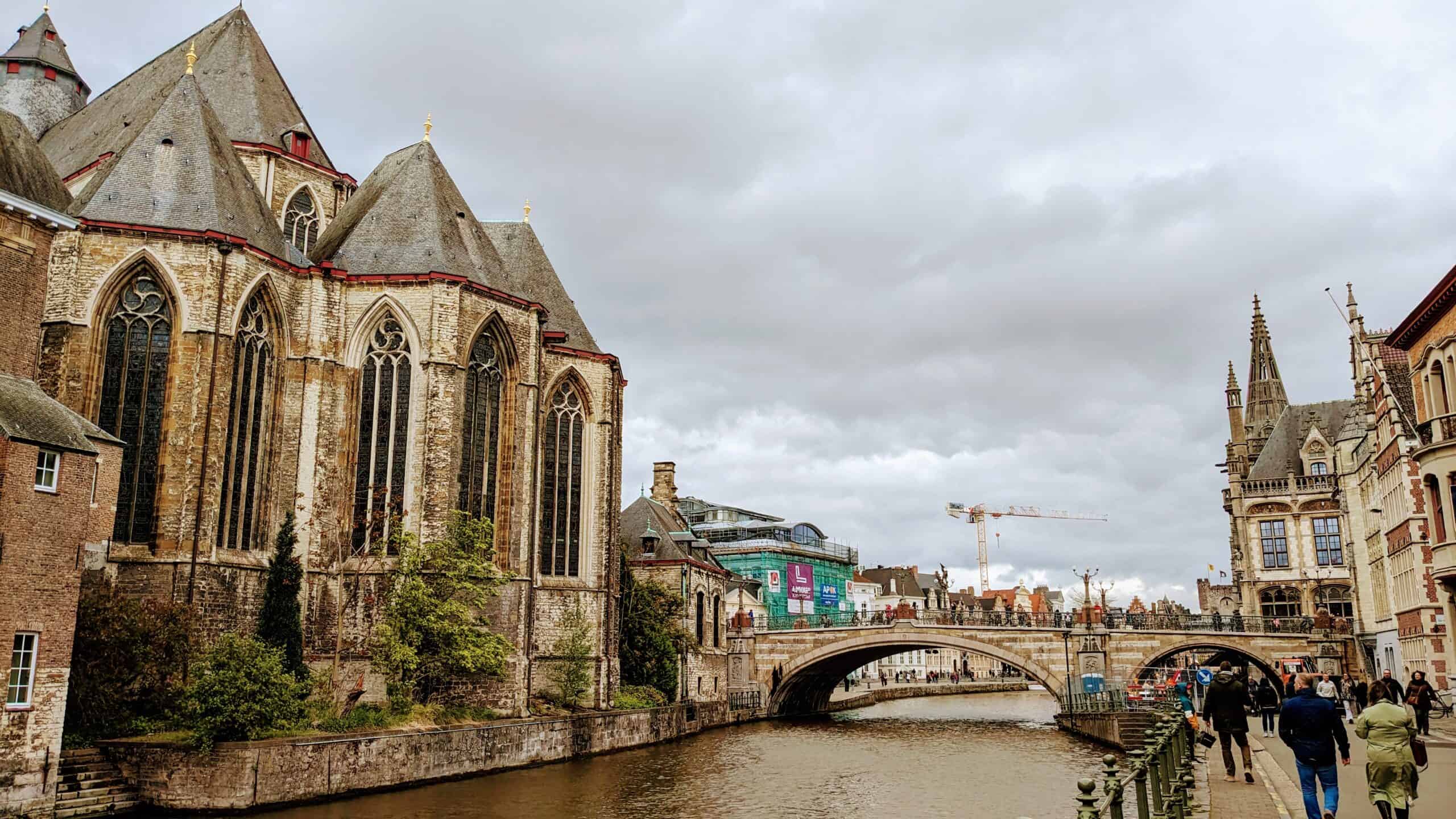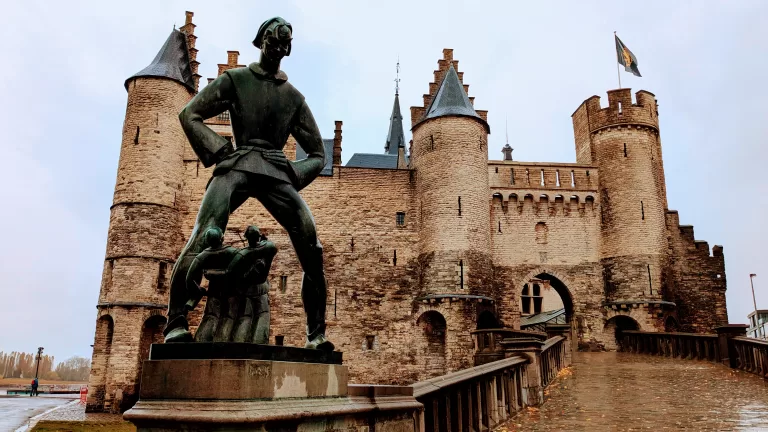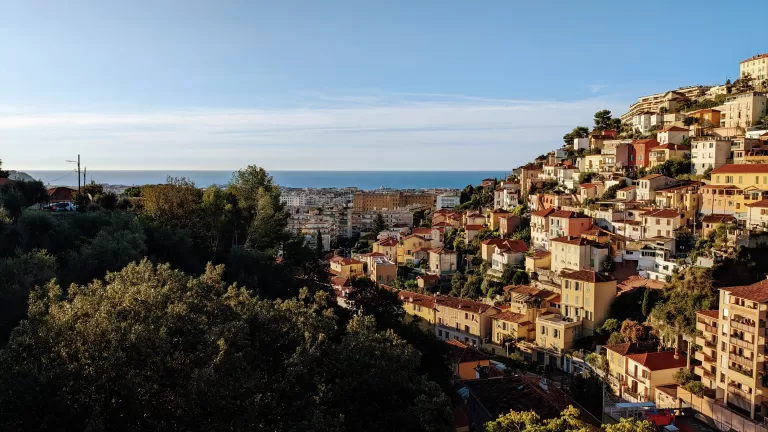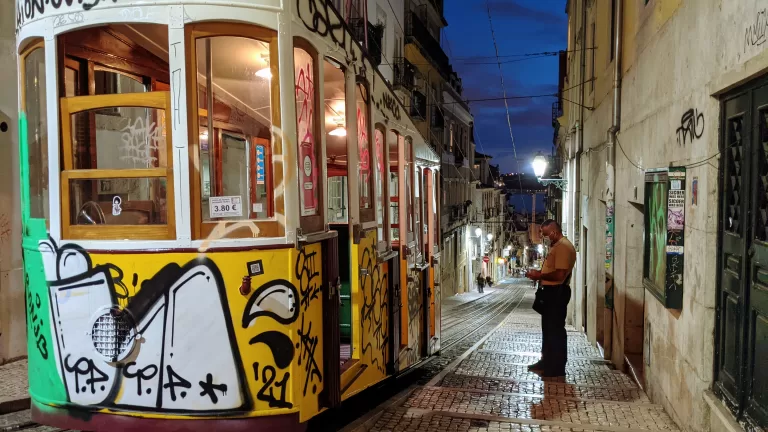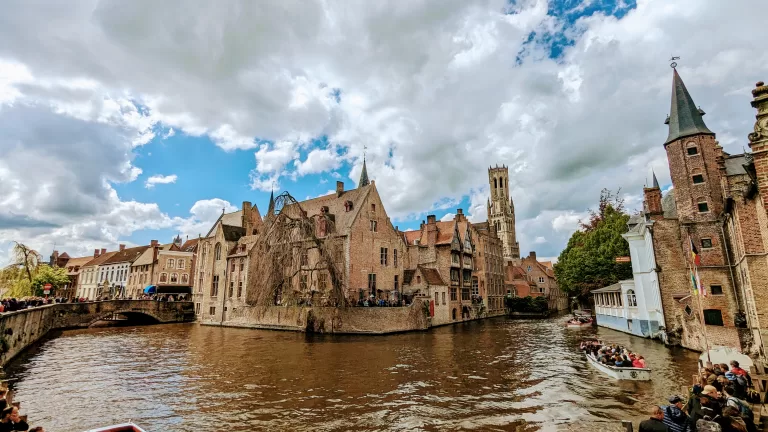Ghent travel guide: how to visit, where to stay and practical tips
Ghent feels like a properly lived-in medieval city: canals, grand guild houses and a pub culture that knows how to pour a proper Belgian beer. We visited on a rail hop between Brussels and Bruges and came away thinking it deserves more attention than it gets.
This guide gives practical, no-nonsense advice for first-timers and repeat visitors alike: how long to stay, the easiest ways to get here from the UK and neighbouring cities, where to base yourself, and simple tips for exploring sustainably. We’ve included times, costs where relevant, and local tips we wish we’d known before we arrived.
If you want things to do, check our companion post on the best things to do in Ghent – this article focuses on planning, transport and practical choices so you actually get to enjoy the place without faffing around.
Read on for concise, experience-led advice to make the most of Ghent whether you’re here for a day trip or a long weekend.
Is Ghent worth visiting?
Yes, absolutely. Ghent has a compact, walkable historic centre and a decent cultural scene that often feels more local than Bruges.
While its historic core is smaller than Bruges (check out our guide to the best things to do in Bruges), Ghent has its own atmospheric canals and more of a lived-in city feel. If you liked Bruges’ architecture, you’ll enjoy Ghent, but expect fewer tourists and more cafés with locals at the bar.
How long should I stay in Ghent?
We visited Ghent on a day trip while getting the train from Brussels to Bruges. We were able to see most of the main sites in a day, but we could have stayed longer. There was more than we wanted to see but didn’t get to, and some cafes and restaurants which looked great but we didn’t have time to go to.
If you have enough time, there’s easily enough for two full days and probably three, depending on your interests.
Quick stay guide
- 1 day – Good for a whistle-stop tour: Graslei/Korenlei, St Bavo’s Cathedral and a canal boat ride.
- 2 days – Ideal: add Gravensteen, STAM or MSK, and an evening in Patershol.
- 3+ days – Great for day trips (e.g., Ghent countryside), slower cafés and museum time.
Ghent also makes a convenient base for short trips to Brussels and Bruges, so if you prefer fewer hotel changes, consider staying a couple of nights here.

Where should I stay in Ghent?
Ghent’s pretty compact, so you can’t go wrong wherever you stay.
The historic centre is where you’ll spend most of your time. It’s a bit pricier, but you’ll be steps away from the main sights.
We love the Patershol neighbourhood – it’s full of atmospheric streets and local restaurants (see our notes in our Ghent things-to-do guide)
If you’re on a budget, consider Sint-Pieters or Muide. They’re a bit further out but still well-connected, and often cheaper.
How do I get to Ghent?
The easiest way to reach Ghent is by train, arriving into Gent-Sint-Pieters train station.
It’s about a 30-minute walk into town from the station (you can follow the canal for most of this, which is a pretty walk). Or, take the T1 or T3 tram from just outside the station to the Gent Vogelmarket tram stop. It will take about 20 minutes in total.
You can buy train tickets in the train station on the ticket machines. The machines are simple to use and have an English language option, and you can pay via card or cash.
If you’re arriving from Brussels via Eurostar, it’s an easy transfer – change at Brussels Midi and catch a direct train to Ghent (see below).
How do I get to Ghent from the UK?
The easiest way is to take the Eurostar to Brussels (read our guide on taking the Eurostar to Belgium). It’s around 2 hours from London St Pancras to Brussels Midi, depending on the service. From there, it’s a 10 minute walk through the station to transfer to the platform to Ghent (see below for getting from Brussels to Ghent).
You can also fly into Brussels and get the train into the city, and get another train onto Ghent. But, we’d recommend Eurostar as its quicker overall, more comfortable, and far less damaging to the environment.
How do I get from Brussels to Ghent?
There are regular trains from Brussels Centraal or Brussels Midi stations. They take just over 30 minutes and are direct, with a couple of stops. They run regularly – up to every 20 minutes during the day.
They cost around €17 one way (May 2025).
Trains can get pretty busy during rush hour so you might be stood in a corridor rather than seated, but it’s a short journey so not too bad.

How do I get from Bruges to Ghent?
There are regular trains from Bruges to Ghent, costing around €17 one way. They also take about 30 minutes, and are direct. They run regularly, about every 20 minutes at peak times.
It’s the same train line as the Brussels to Ghent train, so liable to getting busy at peak times.
How do I get around Ghent?
Ghent is super walkable, which is great for your wallet and your waistline. Most sites are within a 20 – 30 minute stroll from each other. We walked everywhere and didn’t have a need for transport.
If you prefer to walk less or are going further a field, Ghent has a good tram and bus system. Buses and trams cost £3 per ride when you pay by Contactless card, and you can transfer to another bus or tram within 60 minutes of your first journey and not be charged again. The Citymapper app covers Ghent and will plan your route and give you live departure times (you’ll have to choose Brussels at your city in the app, but it covers Ghent too).
Another option to get around is cycling, which is popular in Ghent. There’s plenty of bike rental shops and like everywhere in Belgium, the roads are designed for cycling. It may also be a good option if you’re staying longer and fancy a day trip cycling in the Ghent countryside.
When should I go to Ghent?
Ghent’s a year-round destination, but we think spring (April – June) and early autumn (September – October) offer the best mix of mild weather and fewer crowds.
July and August can be busy with tourists, but there’s also some great events happening in the city such as the Ghent Festival.
Winter can be cold and wet, but there’s great Christmas markets if this is your thing. You might want to pack an umbrella or wet weather gear, as Belgian weather can be unpredictable and it may rain!
Ghent in a nutshell
Location: Northwest Belgium, at the confluence of the Lys and Scheldt rivers.
Population: About 260,000.
Language: Dutch (Flemish), but English is widely spoken.
Currency: Euro (€). Card and contactless is widely accepted, and ATMs are easy to find.
Time zone: CET (UTC+1). Daylight saving time applies in summer.
Climate: Temperate maritime. Average temperatures range from 3°C (37°F) in winter to 18°C (64°F) in summer.
Local dishes to try:
– Gentse waterzooi (creamy chicken stew)
– Stoverij (Flemish beef stew)
– Neuzekes (cone-shaped sweets)
Safety: Generally very safe, but keep an eye on your belongings in busy areas.
Tipping: Not expected, but rounding up the bill is appreciated for good service.
Electricity: Type C and E plugs.
What should I do in Ghent?
Ghent’s packed with things to do! Check out our full guide on the best things to do in Ghent.
There’s loads to do in Ghent, such as:
- Wander through the old town to see its waterways, medieval towers, and historic buildings or take a boat trip along the city’s iconic canals.
- See the city from above by climbing the Belfry of Ghent or explore Ghent’s medieval landmarks like Gravensteen Castle.
- Stroll along Graslei and Korenlei to see the historic guild houses and stop at a historic café or pub for a drink.
- Discover the history and art at museums like the STAM (Ghent City Museum), Museum of Fine Arts (MSK), and Design Museum Gent.
- Go off the beaten path and explore the Patershol district, find street art at Graffiti Street or explore the ruins of Sint-Baafsabdij.
Tip: most museums and some other attractions are closed on Mondays, so check opening days in advance and plan around this.
What should I pack to visit Ghent?
Pack for all seasons, even if you’re visiting in summer.
Comfortable walking shoes are a must – Ghent’s cobblestone streets are charming but can be tough on your feet.
And if you’re planning on cycling, pack some padded shorts. Your bum will thank you later.
How can I be more sustainable when I visit Ghent?
Ghent is active on sustainable tourism initiatives, so it’s straightforward to reduce your impact.
The biggest thing you can do is to not fly into Belgium – if you’re coming from Europe, try getting the train instead. You’ll reduce your carbon emissions by 96%.
Ghent is pretty compact so you can get about via walking – or, use public transport if you have to, or you can also hire a bike.
Bring a reusable water bottle – tap water is safe to drink.
Stay in eco-friendly accommodations – many hotels in Ghent have green certifications. And consider visiting during off-peak times to reduce overtourism.

Does it snow in Ghent?
Yes, occasionally. But, it doesn’t snow often (Belgium as a whole only gets 15 days of snow a year) and its generally very thin and light.
Is it safe in Ghent?
Yes, like the rest of Belgium, Ghent is generally very safe.
Be careful of pickpockets especially in crowded places and near places which sometimes attract crime, such as train stations (but we recommend this of everywhere).
We never had any issues while in Ghent or Belgium.
Conclusion
Ghent has all the history and beauty you’d expect from a Belgian city, but with a cool, laid-back vibe that sets it apart.
Ghent blends history, good food and a relaxed local scene, an easy city to enjoy whether you have a single day or a long weekend. It’s a great alternative to the better-known Belgian cities if you prefer fewer crowds and more local cafés.
So what are you waiting for? Get planning that trip!
Why not:
➳ Check out our guide on the best things to do in Ghent
➳ See all our content on travelling in Belgium
➳ Find out more about sustainable tourism
This page contains affiliate links. If you make a purchase through one of these links we make a small commission to help run this site, at no cost to you. Making a commission never affects the advice we give - see our content policy.

